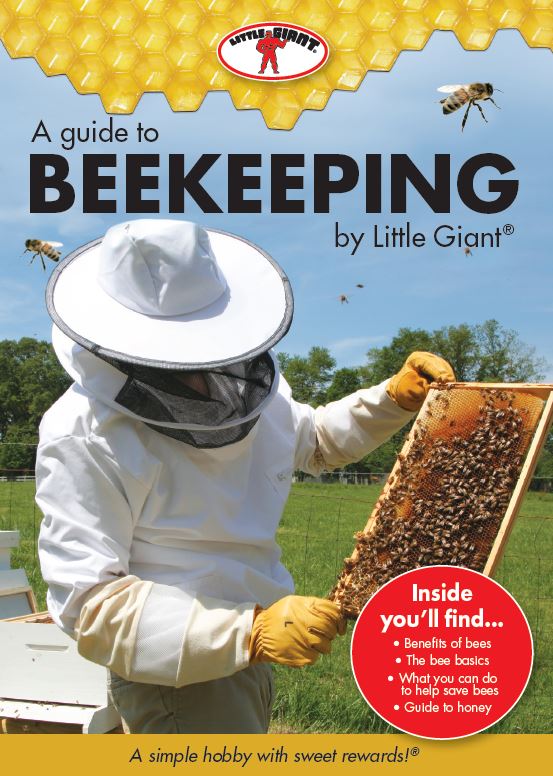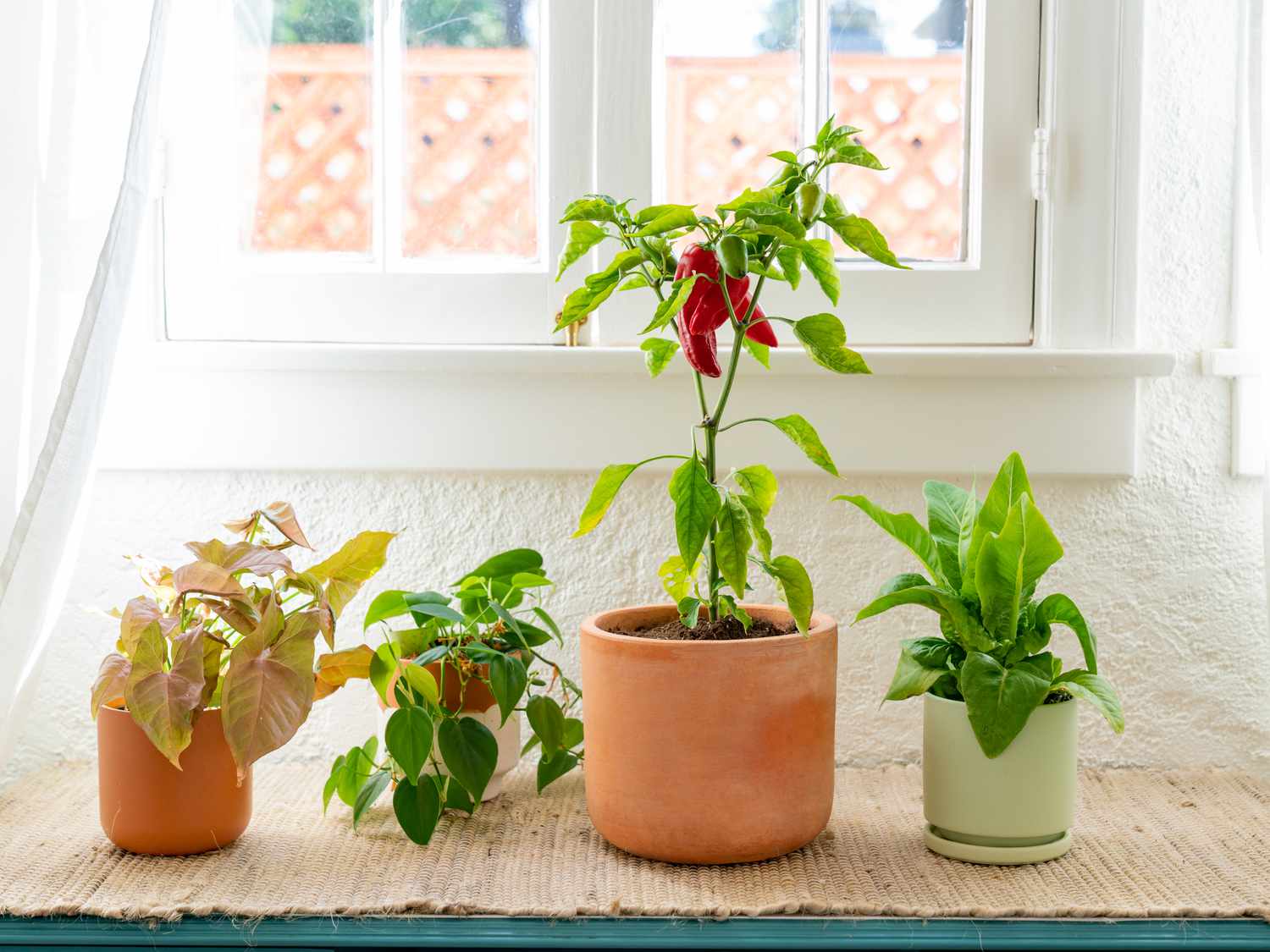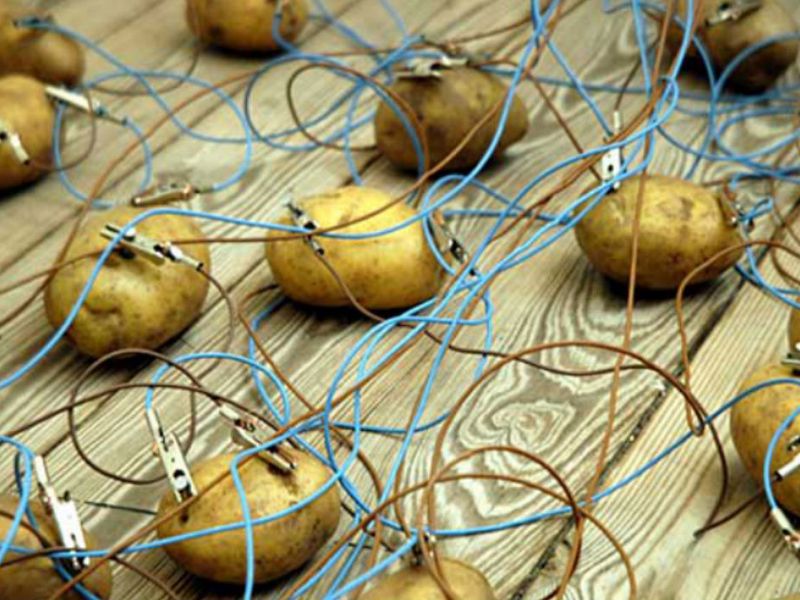Beekeeping offers several benefits such as honey production, pollination, and therapy. To get started in beekeeping, first, ensure you have adequate space, purchase necessary equipment, and familiarize yourself with local regulations and bee behavior.
Beekeeping has become an increasingly popular hobby and business due to its numerous benefits. Bees are important pollinators, and their colonies can produce valuable honey, beeswax and other bee products. Additionally, beekeeping can also provide therapeutic benefits, as it has been found to reduce stress levels amongst beekeepers.
However, starting a beekeeping hobby requires knowledge and preparation. Beginners need to ensure they have adequate space for the bees and that they have the necessary equipment. It is also crucial to familiarize oneself with local regulations, as well as the behavior of bees. In this guide, we will explore the benefits of beekeeping as well as how to get started in this fascinating hobby.

Credit: www.amazon.com
Table of Contents
Why Beekeeping Is Worth Considering
Are you considering taking up a new hobby that not only benefits your local environment, but also has the potential for profitability? Beekeeping could be just the hobby for you. Despite the thought of handling one of nature’s buzziest creatures being daunting, beekeeping has an array of benefits, from improving local pollination rates to providing delicious honey.
Honey Production
One of the most attractive aspects of beekeeping is undoubtedly the production of honey. While purchasing honey from local farmers markets is not only supporting local businesses, it is often more expensive than producing your own honey, and there is nothing quite like the sense of pride from having produced your own food. Depending on the type and quantity of flowers bees have access to, honey can have varying flavors, making each batch unique. It is important to note that beekeeping requires patience, as it can take some time for the bees to produce enough honey for extraction, and the amount of honey produced can vary depending on the size and strength of the colony.
Pollination Boost
Beekeeping not only provides benefits within your own backyard, but is also a crucial aspect in the pollination of crops and local flora. By keeping bees, you are aiding in their pollination efforts, especially in urban environments where bees can struggle to access many flowering plants. This boost in pollination can lead to a more bountiful garden and an increase in crop yields, making it beneficial for both personal and community well-being.
Profitability
Beekeeping has gained popularity in recent years due to its potential for profitability. While the initial cost of equipment and bees can be expensive, the low maintenance costs and consistent production of honey can lead to a profitable venture. Many beekeepers also sell their beeswax and pollen, creating additional streams of income. It is important to note that beekeeping requires a significant time investment, and it may take some time to establish a colony strong enough to produce a profitable amount of honey.
How To Get Started With Beekeeping
Beekeeping is a rewarding hobby that can also benefit the environment. To get started, you will need to purchase or build a hive, acquire bees, and learn how to properly care for them. With proper maintenance, you can enjoy fresh honey and help keep pollinators thriving in your area.
Beekeeping can be a rewarding and fascinating hobby that not only provides you with a steady supply of natural honey but also contributes to the environment. If you’re a beginner, it’s important to understand the basic concepts of beekeeping, including the equipment needed, choosing your bees, and preparing the hive. Here is a beginner’s guide to help you get started with beekeeping.
Equipment Needed
Before starting beekeeping, it’s important to ensure you have the right equipment. Here is a list of equipment that you’ll need:
| Equipment | Description |
|---|---|
| Bee suit | A full-body suit to protect your body from bee stings. |
| Hive tool | A flat tool used to pry open the hive frames and scrape off propolis. |
| Smoker | A tool used to puff smoke into the hive, calming the bees and making them easier to handle. |
| Bee brush | A soft-bristled brush to gently brush the bees off the frames. |
| Feeder | A tool used to feed the bees when there are not enough natural resources available. |
Choosing Your Bees
Choosing the right bees is a crucial step when starting beekeeping. In general, there are two types of bees: the Italian honey bee and the Carniolan honey bee. The Italian honey bee is known for its docility and honey production, whereas the Carniolan honey bee is known for its hardiness and ability to produce high-quality comb honey. You can either purchase bees or capture them from a wild swarm. If you are just starting, it’s best to purchase a package of bees from a reputable dealer.
Preparing The Hive
The hive is the place where the bees will live and produce honey. There are several types of hives, but the most commonly used is the Langstroth hive. Before assembling the hive, it’s important to choose a suitable location, away from any foot traffic and extreme temperatures. Here’s a step-by-step guide to prepare your hive:
- Assemble the bottom board, hive body, and inner cover.
- Install the frames with foundation or wax to help the bees build their comb.
- Add the second hive body when the first one is almost full of bees.
- Add an outer cover to protect the hive from rain and wind.
In conclusion, beekeeping is a fascinating hobby that requires some knowledge and special equipment. By ensuring you have the right equipment, choosing the right bees, and properly preparing the hive, you’ll be in a good position to get started with beekeeping. Not only can beekeeping provide you with natural honey, but also helps you contribute to the environment.
Beekeeping Methods And Techniques
Beekeeping is an enjoyable hobby that is gaining popularity. This urban practice is beneficial as it nourishes gardens and provides a source of natural honey. However, beginners must follow proper techniques and safety measures to get the most out of beekeeping.
Beekeeping is the practice of keeping honey bee colonies, usually in hives, by humans. It is a great hobby and beneficial for both the environment and the beekeeper. There are different methods and techniques of beekeeping, each with its unique advantages. In this article, we will discuss the most popular beekeeping methods and techniques: Langstroth Method, Top-Bar Hive Method, and Flow Hive Method.
Langstroth Method
The Langstroth Method is the most common beekeeping technique used in North America. It involves using stacked wooden boxes of frames that are movable and removable. The colony of the bees is kept in these frames and can be easily inspected and maintained by the beekeeper. This method allows the bees to produce a lot of honey, making it popular among commercial beekeepers. The advantages of this method include:
- Easy to manage and inspect the colonies.
- Can handle large colonies that produce a lot of honey.
- Can be modified to prevent swarming.
Top-bar Hive Method
The Top-Bar Hive Method is a more natural way of beekeeping, mimicking the bees’ natural living environment. The hive has no frames, and the bees build their comb on wooden bars laid across the top of the hive. This method requires less equipment and less maintenance. Some advantages of this method include:
- Encourages bees to build natural comb, which produces high-quality honey.
- Easier on the bees as it mimics their natural habitat.
- Cost-effective and require less investment compared to other methods.
Flow Hive Method
The Flow Hive Method is a newer technique that has gained popularity in recent years. It involves using a hive with specially designed frames that allow the honey to be extracted without disturbing the bees. The honey flow can easily be controlled with this method, making it easy for beekeepers to extract honey with minimal disturbance to the bees. Some advantages of this method include:
- Less disturbance to the bees during honey extraction.
- Less equipment required compared to other methods.
- Easy to use and maintain.
In conclusion, beekeeping is a great hobby and a crucial practice for both the environment and the beekeeper. The different methods and techniques of beekeeping offer a variety of advantages that meet different needs. The Langstroth Method, Top-Bar Hive Method, and Flow Hive Method are among the most popular beekeeping methods. It is up to the beekeeper to choose the method that best suits their needs and preferences.
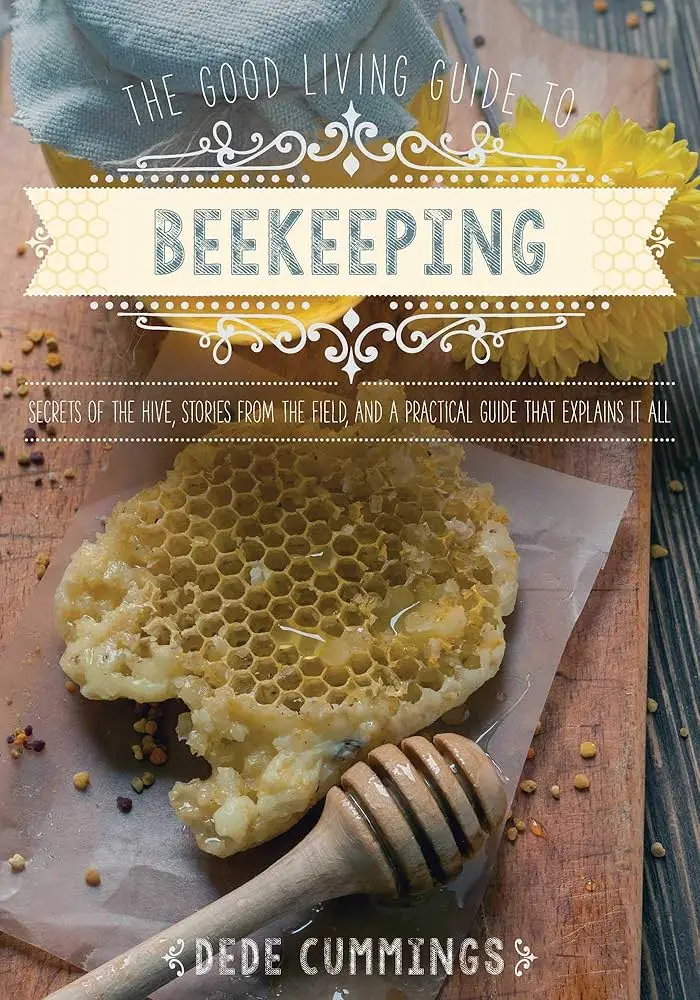
Credit: www.amazon.com
How To Maintain And Care For Your Bees
Beekeeping brings fruitful benefits to both the environment and our daily lives. To keep your bees healthy, you should regularly check for signs of illness, provide a clean hive, and maintain a good food supply. It is important to care for your bees properly for optimal honey production and a thriving colony.
If you have decided to take on beekeeping, you understand that it is not just a hobby, it’s also a crucial responsibility to keep the bees healthy and prevent them from swarming elsewhere. It’s essential to ensure that the bees have the required provisions in their hive and to identify any diseases that can harm the beehive. Here’s a guide on how to maintain and care for your bees.
Feeding
Although bees go out to forage, it’s still important to provide food, especially during the winter months when their natural sources are scarce. Bees usually need sugar syrup to produce honey. To prepare the syrup, dissolve one pound of sugar in a quart of boiling water. Ensure the sugar has completely dissolved before allowing the syrup to cool. Once cool, pour the syrup in an inverted jar lid and then place it in the hive.
Inspecting The Hive
Regular inspection of the hive can help you notice any issues that could cause problems for the bees. During inspections, you should look for things like brood patterns, honey patterns, and the overall behavior of the bees. A scheduled inspection of the hive every ten to fourteen days is ideal during the summer months to prevent overcrowding and issues like swarming.
Dealing With Pests And Diseases
Bees can fall victim to diseases such as American foulbrood and wax moths, which can quickly destroy a colony. You must know how to identify the diseases, if present, and get rid of them to keep your bees healthy. You can enhance the bees’ immune systems by ensuring they have a clean and hygienic hive. Regular cleaning of the hive, replacing old combs, and giving the bees sufficient space can help prevent these issues.
In conclusion, beekeeping can be a fulfilling activity if done right. With the right care, attention, and monitoring, you will keep your bees in good health. The above steps give you a guiding principle to help you maintain and care for your bees, but always be open to learning more.
Harvesting And Processing Honey
Harvesting and processing honey is a great benefit of beekeeping. When you have a hive, you can gather fresh, raw honey and process it for consumption or sale. It’s important to follow proper guidelines to maintain the quality and quantity of honey.
When To Harvest Honey
The timing of the honey harvest depends on several factors such as the climate, the nectar flow, and the colony’s strength. However, the general rule of thumb is to harvest honey when the bees have capped at least 80% of the honeycomb cells. Capping indicates that the honey has reached the optimal moisture level and is ready for harvesting. It is best to harvest honey during a warm and sunny day, when the bees are out foraging and there is minimal disturbance in the hive.
Extracting Honey
Extracting honey involves removing the honey frames from the hive, uncapping the comb to expose the honey, and then spinning or pressing the honey out. The extracted honey is then passed through a fine mesh to remove any impurities such as wax and bee parts. There are different methods of extracting honey, including the traditional centrifugal extractor and the newer flow hive. The flow hive allows the honey to flow out of the hive directly into a jar, making the process less disruptive to the bees.
Processing And Storing Honey
Once the honey is extracted, it needs to be processed and stored properly to ensure its quality and longevity. Processing involves filtering the honey to remove any remaining impurities and reducing its moisture content to prevent fermentation. Storing honey in a cool and dry place, away from direct sunlight and heat, preserves its flavor and quality. It is also essential to store honey in airtight containers to prevent it from absorbing moisture and other odors.
In conclusion, harvesting and processing honey is an essential aspect of beekeeping that requires careful timing, precision, and attention to detail. By following the guidelines outlined in this article, beekeepers can enjoy a bountiful harvest of high-quality honey that is not only delicious but also beneficial to their health.
Other Bee Products And Their Benefits
Beekeeping not only provides honey, but also other bee products like bee pollen, royal jelly and beeswax. These products have various health benefits such as boosting immunity, reducing inflammation and providing vitamins and minerals. Knowing how to properly harvest and store these bee products can help maximize their benefits.
Another way that beekeepers can benefit from their bees is through other bee products. Beeswax, propolis, and royal jelly are just some of the many bee products with various uses and benefits.
Beeswax
Beeswax is produced by honeybees and is commonly used in candles, soaps, and cosmetics. Beeswax is known for its moisturizing properties and is often used as a natural alternative to petroleum-based skincare products. It’s also used to create a barrier on surfaces to protect against water damage and decay.
Propolis
Propolis is a resin-like substance that bees collect from tree bark and plant buds. It’s used by bees to seal small gaps in the hive and protect against diseases. Propolis has antiseptic and anti-inflammatory properties, making it a popular ingredient in natural remedies. It’s known to boost the immune system and is often taken as a supplement to prevent infections and illnesses.
Royal Jelly
Royal Jelly is a nutritious substance secreted by worker bees and fed to the queen bee. It’s rich in vitamins, minerals, and amino acids, making it a popular dietary supplement. Royal Jelly is believed to have anti-aging properties and is often used in beauty products to promote healthy skin and hair. It’s also used to boost the immune system and improve overall health.
As a beekeeper, you can benefit from these other bee products and their health benefits. Beeswax, propolis, and royal jelly can be used in a variety of ways and offer natural alternatives to common products. Plus, utilizing all the benefits of your honeybee colony can make beekeeping even more rewarding.
Selling And Marketing Your Bee Products
Selling and marketing your bee products can be a profitable and sustainable venture with the growing awareness of the benefits of beekeeping. Ensure you have quality products, market with effective branding and packaging, and develop relationships with local retailers or online marketplaces.
Beekeeping is not only a fulfilling hobby, but it can also bring in some extra income. There are various ways to market your bee products like honey, beeswax, and propolis. In this section, we will discuss some of the most effective ways to sell and market your bee products using local markets, online sales, and packaging and labeling.
Local Markets
One of the best ways to market your bee products is by selling them in local markets. This allows you to connect with your customers directly and build a relationship with them. Here are a few tips to help you make the most of local markets:
- Research local markets in your area and find out their requirements for vendors.
- Keep your display table neat and clean, and be sure to label your products clearly.
- Offer samples to let customers try your honey before they buy it.
- Include information about your beekeeping practices and the benefits of your products.
- Be sure to establish a pricing strategy that is fair and competitive with other vendors.
Online Sales
Taking your bee products online can help you to reach a wider market. You can create a website or use online marketplaces to connect with potential customers. Here are some tips to help you increase your online sales:
- Take high-quality photos of your products and post them on your website or online marketplace.
- Provide detailed descriptions of your products, including their benefits and how they are produced.
- Offer competitive pricing and shipping rates to attract customers.
- Include customer reviews and ratings on your website or online marketplace to build credibility.
Packaging And Labeling
Packaging and labeling your bee products is an essential step to make them attractive to customers. Good packaging helps to preserve the quality of your products, protects them during transport, and sets them apart from the competition. Here are a few tips to help you with packaging and labeling:
- Choose packaging that is sturdy, attractive, and keeps your products fresh.
- Include details about your product on the label such as the type of honey, the weight, the beekeeping practices used, and any certifications or awards.
- Use attractive labeling designs that showcase your product and branding.
- Be sure to comply with local labeling laws and regulations.
Conclusion
Selling and marketing your bee products is an important part of beekeeping. By following the tips mentioned above, you can successfully market your products and attract customers both in-person and online. Remember that building relationships with your customers is essential to building a loyal customer base, so be sure to be friendly, informative, and helpful.
How Beekeeping Contributes To The Environment
Beekeeping aids in environmental conservation by promoting plant pollination. As bees travel looking for food in nectar-filled flowers, they help spread pollen, which enables plant fertilization. The presence of beehives indicates a healthy ecosystem, and beekeepers can harvest honey as a reward for playing their crucial role in the ecosystem.
As awareness of the importance of bees to our ecosystem increases, more people are turning to beekeeping as a hobby or even a profession. Not only does beekeeping provide honey, beeswax, and other valuable products, but it also offers a host of benefits for the environment. Let’s take a closer look at some of the ways that beekeeping contributes to the preservation of nature.
Conservation Of Bees
Bees play a crucial role in pollinating plants, and without them, many of our favorite foods and flowers would disappear. Unfortunately, bee populations have been declining rapidly in recent years due to factors such as pesticide use, habitat loss, and disease. Beekeeping helps to combat this problem by providing a safe haven for bees to live and thrive. By setting up hives in urban and rural areas alike, beekeepers can act as stewards for the bee population, ensuring that these important pollinators continue to flourish.
Improvement In Crop Yields
As mentioned earlier, bees are essential to the pollination of plants. This means that crops such as fruits, vegetables, and nuts rely on bees to bear fruit. By introducing bees to agricultural areas, beekeepers can help to increase crop yields and therefore support the food supply. In fact, it’s estimated that bees are responsible for pollinating 70% of the world’s crops. By promoting beekeeping, we can help to ensure that these crops continue to flourish.
Sustainable Farming
Practices such as monoculture farming, which relies on a single crop grown on a large scale, can be detrimental to the environment. This is because it often involves the use of pesticides and other chemicals that can harm both the soil and the surrounding ecosystems. Beekeeping can help to promote more sustainable farming practices by encouraging crop diversification and reducing the need for harmful chemicals. By introducing bees to farms, farmers can reduce their reliance on chemical fertilizers and pesticides, while also improving the health of the soil.
In conclusion, beekeeping is not only a fascinating hobby but also a valuable tool for environmental conservation. By promoting beekeeping, we can help to preserve bee populations, increase crop yields, and promote more sustainable farming practices. If you’re interested in learning more about beekeeping, consider joining a local beekeeping association or signing up for a course. Not only will you be doing your part to protect the environment, but you’ll also be rewarded with delicious honey and other bee products!
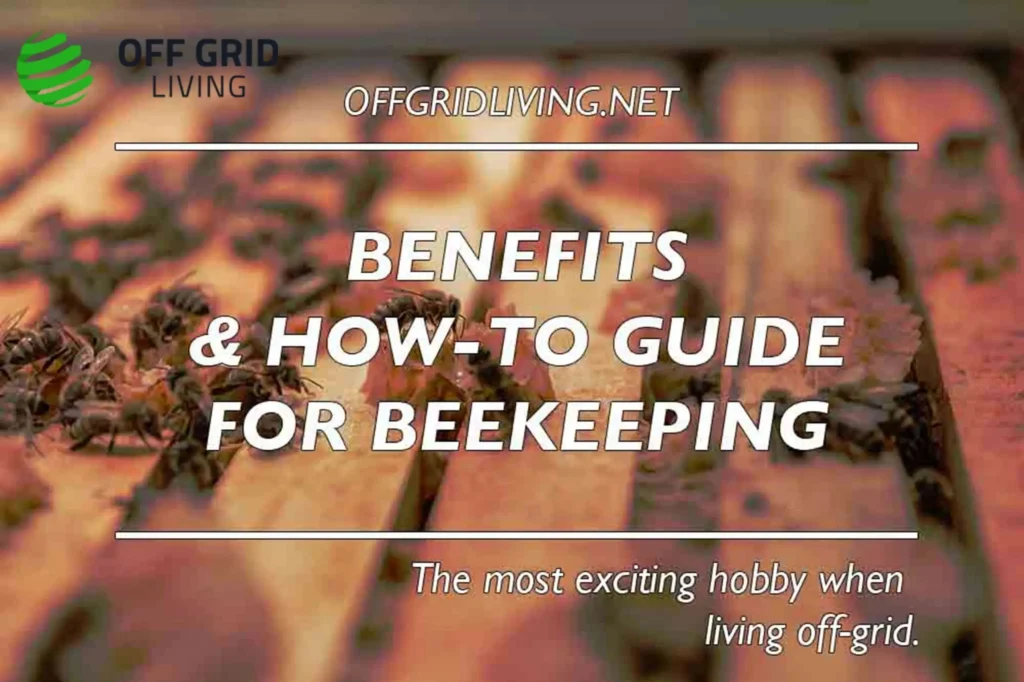
Credit: offgridliving.net
Conclusion
Beekeeping is a rewarding hobby that can provide many benefits. The honey produced can be used to sweeten tea, in baking, and even as a natural remedy for allergies. Learning how to start can seem daunting, but with the right resources and guidance, anyone can become a successful beekeeper.
Remember to always prioritize the safety of your bees and the environment. Start your beekeeping journey today and discover the joy of a thriving hive!





